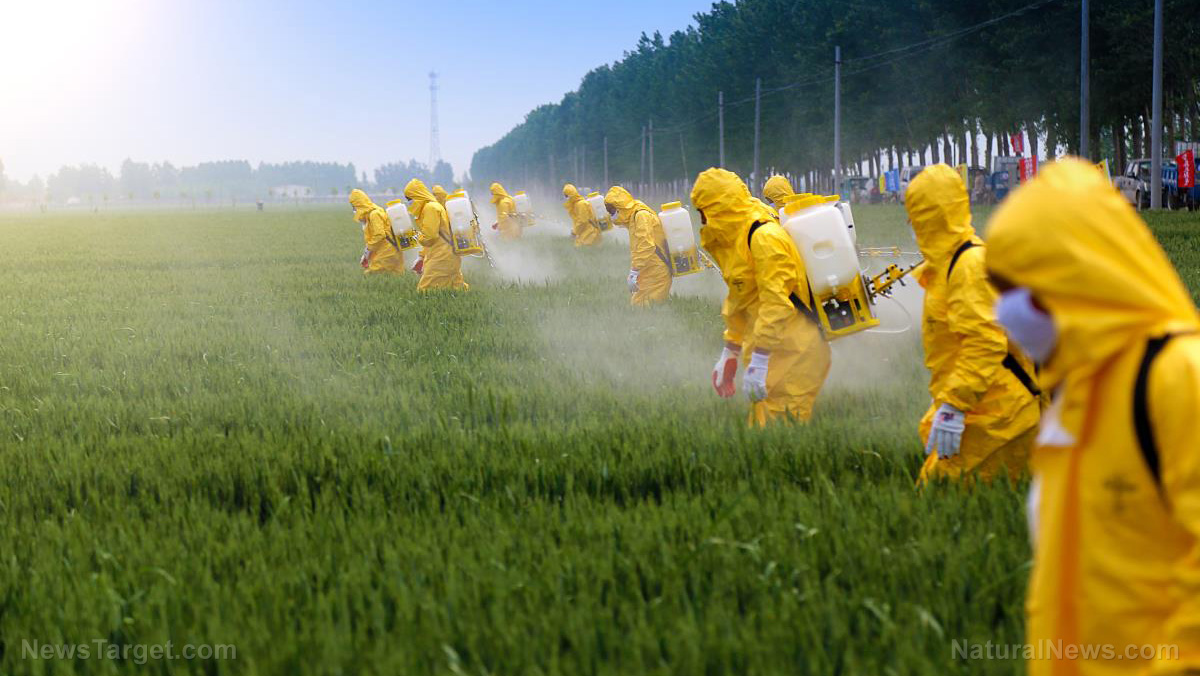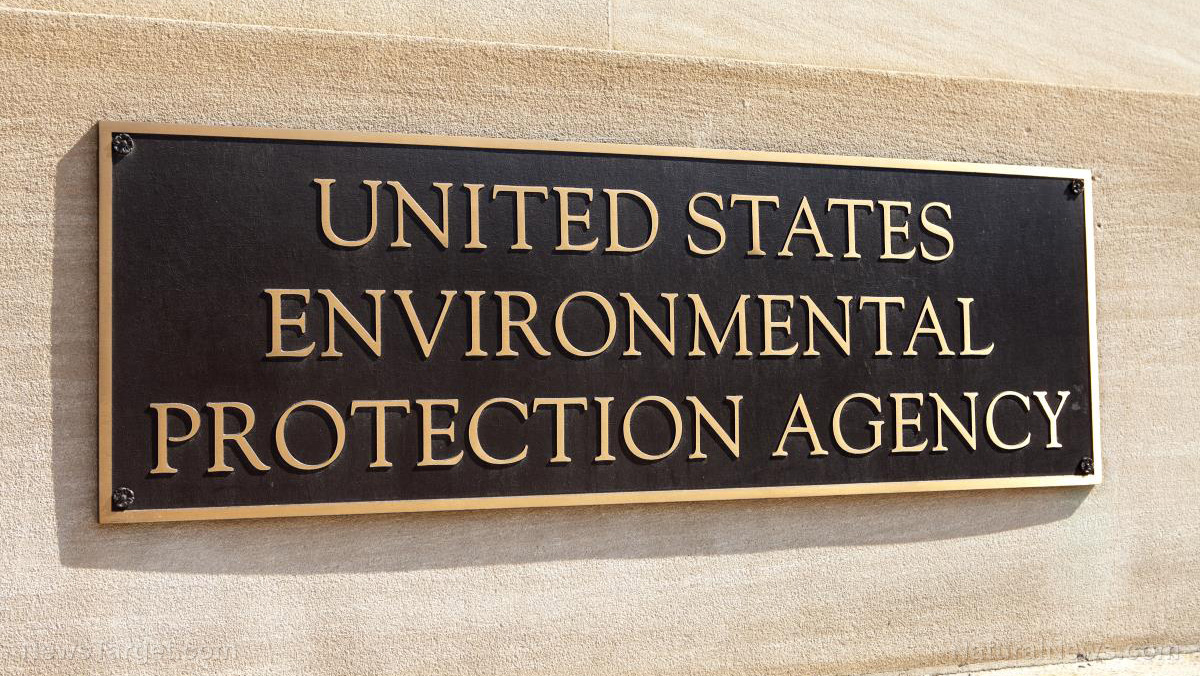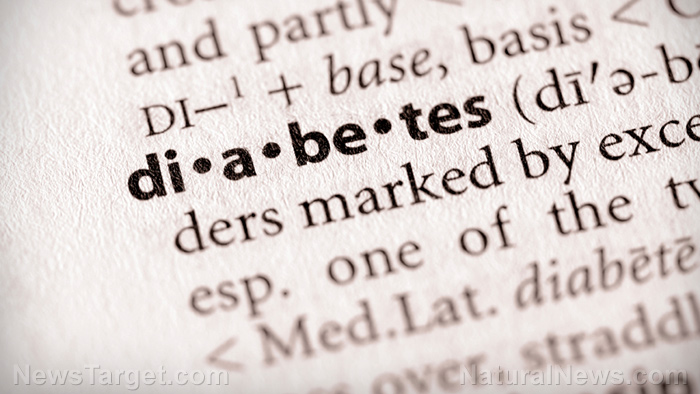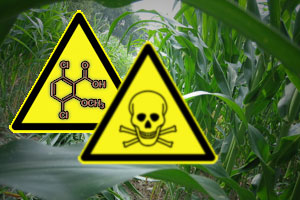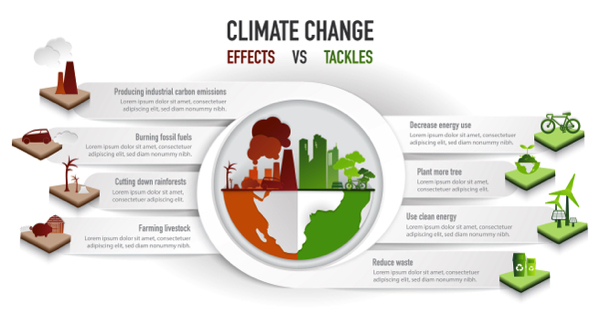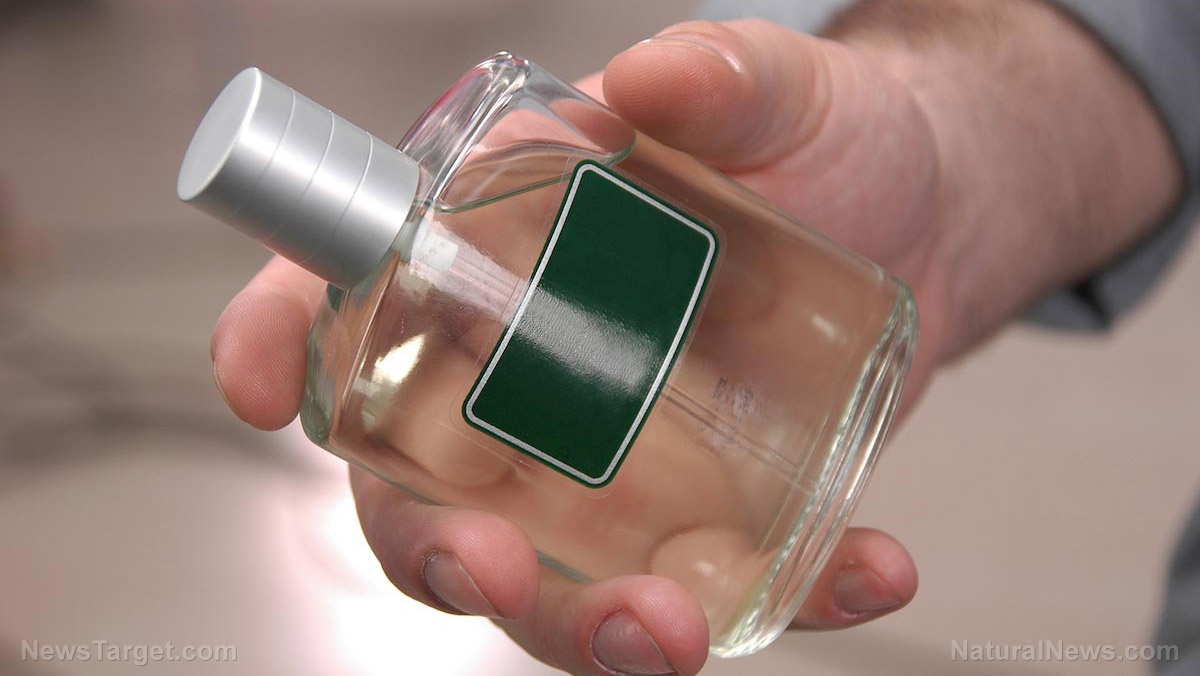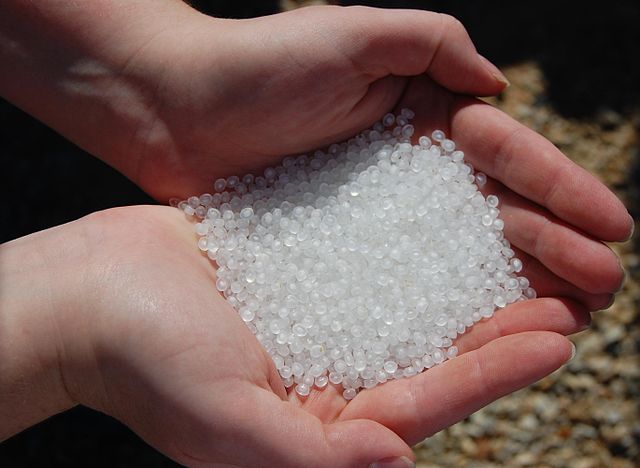The silent invasion: How microplastics are poisoning the human body
08/01/2025 / By Ava Grace
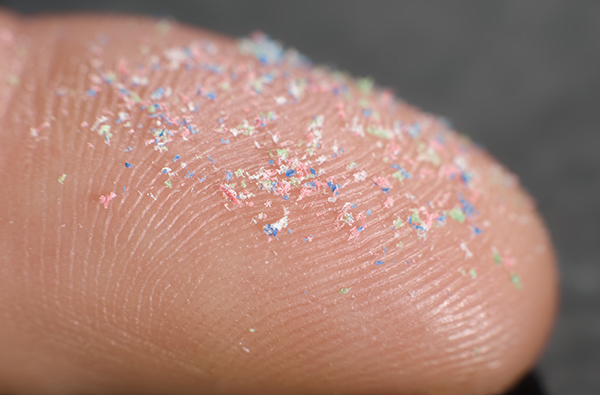
- The average person consumes over 50,000 microplastic particles annually – which infiltrate organs, disrupt hormones and may cause long-term damage to fertility, metabolism and brain function.
- Microplastics are found in food, water, air and even remote environments like Arctic ice. They enter the body through ingestion or inhalation, bypassing natural defenses and embedding in tissues.
- Toxic additives in microplastics (e.g., phthalates, BPA) mimic or block hormones, leading to infertility, metabolic disorders and cognitive impairments by interfering with the endocrine system.
- Microplastics accumulate in reproductive organs, reducing fertility in both sexes. Children are especially vulnerable, with early exposure linked to lifelong hormonal, metabolic and neurological issues.
- Solutions include switching to non-plastic alternatives (glass, stainless steel), using advanced water filters, avoiding synthetic fabrics and advocating for stricter regulations to curb plastic production and pollution.
A hidden health crisis is unfolding inside people’s bodies: Every year, the average person consumes over 50,000 microscopic plastic particles.
A study published in the International Journal of Molecular Sciences back in June revealed the extent of the damage caused by these microplastics invisible to the naked eye. These microplastics are infiltrating our organs, disrupting hormones and potentially causing irreversible damage to fertility, metabolism and brain function.
Microplastics are everywhere – in food, water and air. They stem from plastic waste breaking down over time, synthetic clothing shedding fibers and everyday products leaching chemicals.
Once ingested or inhaled, these particles bypass the body’s natural defenses, embedding themselves in tissues and organs. Scientists have detected them in blood, breast milk and even remote environments like Arctic ice, proving their pervasive reach. (Related: New scientific review shows how everyday items are damaging human bodies with microplastics.)
The most disturbing finding is how microplastics disrupt the endocrine system, the network of glands that regulate hormones. These particles contain toxic additives like phthalates and bisphenol A, which mimic or block natural hormones.
When these chemicals latch onto hormone receptors, they send false signals, throwing critical bodily functions into disarray. The consequences? Increased infertility, metabolic disorders and cognitive impairments – all linked to plastic exposure.
Microplastics poison not only this generation, but the next
Perhaps the most devastating impact is on reproductive health. Studies show microplastics accumulate in ovaries and testes – causing oxidative stress, cell death and hormone imbalances.
In women, this leads to reduced egg quality and pregnancy complications. In men, sperm counts plummet, with abnormalities like headless or tailless sperm becoming more common. Researchers warn this could explain the global 80-year decline in male fertility – a trend coinciding with the rise of plastic production.
Children absorb nearly twice as much plastic as adults, with infants ingesting hundreds of thousands of particles from baby bottles alone. Their developing bodies are especially vulnerable; early exposure can reprogram growth, leading to lifelong hormonal, metabolic and neurological issues.
The stakes couldn’t be higher. Plastic isn’t just polluting the planet; it’s altering human development at a biological level. While global action is urgently needed – including a proposed United Nations treaty to curb plastic production – individuals can take steps to reduce exposure:
- Ditch plastic containers for glass or stainless steel.
- Invest in advanced water filtration to remove microplastics.
- Avoid synthetic fabrics that shed plastic fibers.
- Limit takeout, as plastic packaging leaches particles into food.
This isn’t just an environmental issue – it’s a public health emergency. The evidence is clear. Microplastics are poisoning our bodies, undermining fertility and threatening future generations.
Watch this video about common chewing gum containing microplastics.
This video is from the MGibsonOfficial channel on Brighteon.com.
More related stories:
REPORT: Bottled water TEEMING with microplastics.
Are microplastics invading the male reproductive system?
Australians are ingesting microplastics at home – study.
MICROPLASTICS in wastewater fuel antibiotic resistance, study warns.
MICROPLASTIC INVASION: Researchers find microplastics in human heart tissue.
Sources include:
Submit a correction >>
Tagged Under:
This article may contain statements that reflect the opinion of the author


